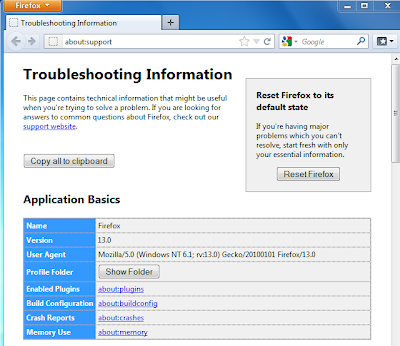What is Google Panda
Google Panda, the single name that is on every bloggers mind, has been trending since 2011. From one aspect, it is the latest change in search engine results algorithm brought about by Google. This new system has added an extra filter to refine the existing search results. From our second aspect, Google Panda is designed to reduce the present rankings of low-quality websites and blogs and boost sites that truly deserve to be termed as high-quality sites.
This new algorithm update was specifically meant for the low-quality sites that were enjoying the Top Section of their respective keywords or search terms. Since Google is the market leader in the online web search therefore in terms of maintaining their leadership this was a crucial step.

Impact of Google Panda based on Bounce Rate
Before the Panda came online, a particular search phrase would always include sites that had nothing to do with that search term. Now after the Google Panda update, sites that had low-quality, useless content have been filtered out and only the content-rich sites are given focus in the Search Engine Results Pages (SERPs).
The impact of Google Panda was beyond repair. Websites or Blogs that were created to provide blackhat online marketing tactics were severely slashed. More than million number of websites have been under this impact. Losing traffic was just the starting trend, once it gathered momentum, the project – PANDA started thwarting these sites to SERPs beyond the 100th mark.
Soon after Google had rolled out the Panda, many online forums, websites, including Google’s own webmaster forum, became the target point of complaints from various sections of the webmasters. The complaints was specifically about copyright infringements and scrapers that were getting a boost in their SERP rankings than those sites which were the original host of the real content. Google decided to ask for data collection points that would help them detect scrapers and copiers in a better way.
In the series of updates that followed the initial launch of Google Panda, some of the elements used to determine the site’s quality previously was a bit downgraded on the scale of their importance. One such factor is Google PageRank.
Google Panda, the single name that is on every bloggers mind, has been trending since 2011. From one aspect, it is the latest change in search engine results algorithm brought about by Google. This new system has added an extra filter to refine the existing search results. From our second aspect, Google Panda is designed to reduce the present rankings of low-quality websites and blogs and boost sites that truly deserve to be termed as high-quality sites.
This new algorithm update was specifically meant for the low-quality sites that were enjoying the Top Section of their respective keywords or search terms. Since Google is the market leader in the online web search therefore in terms of maintaining their leadership this was a crucial step.

Impact of Google Panda based on Bounce Rate
Before the Panda came online, a particular search phrase would always include sites that had nothing to do with that search term. Now after the Google Panda update, sites that had low-quality, useless content have been filtered out and only the content-rich sites are given focus in the Search Engine Results Pages (SERPs).
The impact of Google Panda was beyond repair. Websites or Blogs that were created to provide blackhat online marketing tactics were severely slashed. More than million number of websites have been under this impact. Losing traffic was just the starting trend, once it gathered momentum, the project – PANDA started thwarting these sites to SERPs beyond the 100th mark.
Soon after Google had rolled out the Panda, many online forums, websites, including Google’s own webmaster forum, became the target point of complaints from various sections of the webmasters. The complaints was specifically about copyright infringements and scrapers that were getting a boost in their SERP rankings than those sites which were the original host of the real content. Google decided to ask for data collection points that would help them detect scrapers and copiers in a better way.
In the series of updates that followed the initial launch of Google Panda, some of the elements used to determine the site’s quality previously was a bit downgraded on the scale of their importance. One such factor is Google PageRank.







